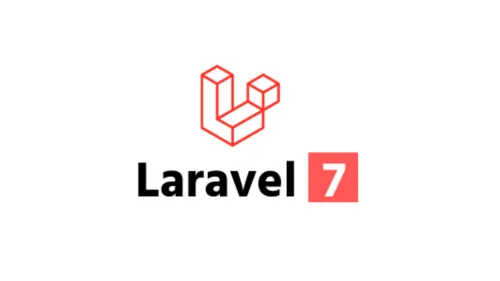Email verification is a critical aspect of web application security and user management. Laravel 7 offers robust features for email verification, including customizable templates. In this comprehensive guide, we'll explore how to master email verification templates in Laravel 7, tailor them to your needs, and provide a seamless user experience.
Chapter 1: Understanding Email Verification in Laravel 7
Before we dive into email verification templates, let's establish a solid understanding of why email verification is essential, especially in Laravel 7 projects. We'll discuss its importance in user management, security, and data integrity.
Chapter 2: The Basics of Laravel 7
Get acquainted with the basics of Laravel 7 if you're new to this PHP framework. We'll cover the installation, project structure, and essential concepts you need to know to work with email verification templates.
Chapter 3: Built-in Email Verification in Laravel 7
Laravel 7 comes with built-in email verification features. We'll walk you through the default setup and demonstrate how to activate email verification in your application.
Chapter 4: Customizing Email Templates
Learn how to customize email verification templates in Laravel 7. We'll explore where to find these templates, how to modify them to match your brand, and add dynamic content using Blade templating.
Chapter 5: Sending Verification Emails
Understand the process of sending verification emails in Laravel 7. We'll guide you through the steps, including creating email objects, sending them, and handling user interactions.
Chapter 6: Integrating Third-Party Email Services
Explore how to integrate third-party email services like SendGrid or Twilio Verify for enhanced email delivery and tracking. We'll provide practical examples and configurations.
Chapter 7: Testing Email Verification
Testing is a crucial part of email verification. Learn how to create tests for email verification in Laravel 7 to ensure that your application works flawlessly.
Chapter 8: Customizing the Verification Process
Sometimes, you need to go beyond the default verification process. We'll discuss how to customize the verification logic to suit your unique requirements.
Chapter 9: Enhancing User Experience
User experience matters. Discover tips and techniques for enhancing the user experience during the email verification process, including error handling and feedback.
Chapter 10: Security Considerations
Security should never be compromised. Learn about the security considerations when working with email verification templates and how to protect your application from potential vulnerabilities.
Chapter 11: Frequently Asked Questions
Q1: Can I use my custom email template designs in Laravel 7?
Explore how to leverage your own email template designs and integrate them seamlessly with Laravel 7's email verification system.
Q2: Are there any performance concerns when using third-party email services for verification emails?
Understand potential performance challenges and how to optimize email delivery using third-party services.
Q3: What's the impact of email verification on user registration and onboarding in Laravel 7 applications?
Discover how email verification impacts user registration, onboarding, and overall user experience in Laravel 7 applications.
Q4: How can I handle cases where users don't receive verification emails?
Learn troubleshooting techniques to address common issues where users don't receive verification emails.
Q5: Are there any best practices for email verification in Laravel 7?
Explore best practices for email verification, including how to maintain clean user databases and ensure data integrity.
Conclusion
By mastering email verification templates in Laravel 7, you can create a secure, user-friendly, and reliable web application. This comprehensive guide equips you with the knowledge and skills to customize email templates, integrate third-party services, and enhance your application's email verification process.



